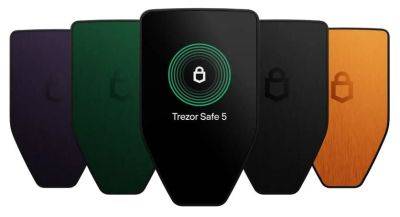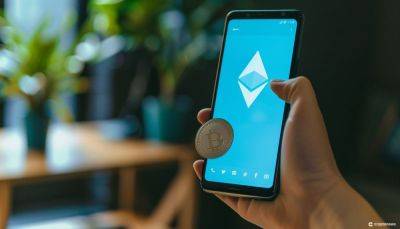PPS+ VS PPLNS: How Should Miners Choose the Best Payment Method?
Today, in PoW projects that support ASIC mining rig, the vast majority of miners tend to mine through mining pools such as Foundry USA, AntPool, or ViaBTC. The emergence of ASIC mining rigs has significantly increased the overall network’s hashrate. For miners with only a few mining devices, the probability of finding a block on their own is very low.
Mining pools aggregate the hashrate of miners from around the world, forming a formidable collective that facilitates easier resolution of hashing puzzles and enables the mining of numerous blocks in a short period. Rewards from these mined blocks are distributed among all miners participating in mining pool activities.
In some cases, some miners may connect 10 mining rigs to the mining pool, while other miners may only connect 1. How can this unequal contribution be fairly distributed in the mining pool for mining rewards?
To fairly distribute miners’ rewards, since the inception of the first mining pool in 2010, over 10 different payment models have emerged in the market. Nowadays, the mainstream payment models can be roughly categorized into 5 types: PPS, PPS+, PPLNS, FPPS, and SOLO. Among them, PPS+ and PPLNS are the two most commonly used payment models at present.
What is PPS+(Pay Per Share+)?
PPS+ is a payment model introduced by ViaBTC Pool in August 2016 as an improvement to the traditional PPS payment model. Based on PPS, PPS+ additionally allocates transaction fees. Specifically, coinbase rewards are distributed according to the PPS payment model, while transaction fees are distributed according to the PPLNS payment model (which will be discussed later).
In a mining pool, a share represents a possible solution to a hashing problem that miners submit to the
Read more on cryptonews.com





















